|
VIGNOBLES |
|
Book |
|
TOUR WITHOUT GUIDE
Orange is the
quintessential Roman town. By around 35 BC it already boasted a
theatre, an amphitheatre, a spa, a circus and many temples. Today,
all that remains of the period is the fabulous theatre – the world's
best conserved, which resonates yearly to the music of the Chorégies
music festival – and the Arc de Triomphe, a relic of Provencal Roman
art.
Châteauneuf du Pape, a tranquil village ringed by vines, owes its
renown to the famous wine made there from a symphony of 13 grape
varieties including Grenache, Syrah and Mourvèdre.
The Château des Papes, built in the 14th century, served as the
Popes' holiday residence when they sojourned in Avignon.
The château, which was damaged during the Wars of Religion (in the
16th century) and World War II, is now gone except for a section of
wall, a keep and a low-level room. |
|
Comfort :Coach |
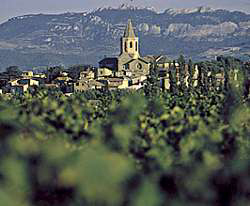 |
|
Price :$49 |
|
Day : Monday
From
02:30 PM to 06:30 PM |
|
"LES ALPILLES"
|
|
Book |
TOUR WITHOUT GUIDE
Nestling in the heart of hill range
Les Alpilles, the village of Fontvieille perfectly represents
Provencal architecture. Immortalised by Alphonse Daudet, the mill on
the hill which inspired him when he wrote
Les lettres de mon moulin
is today home to the novelist's works, writings, souvenirs and
photographs. In the same village, we will discover the Château
d’Estoublon, which dates back to the 18th century and owes its
renown to the wine and olive oil made on the estate. A symbol of
peace and fertility, the olive tree is still associated with images
of sunshine and healthy living. The village of Les Baux de Provence,
on the Route du Val d’Enfer, lined by green oaks and stone pines, is
an outstanding site perched on a rocky spur and dominated by the
Château of King René and Queen Jeanne. Charming houses and little
stone walls, magnificent Renaissance facades and elegant townhouses
lend this exceptional landscape its beauty.
|
|
Comfort :Coach
|
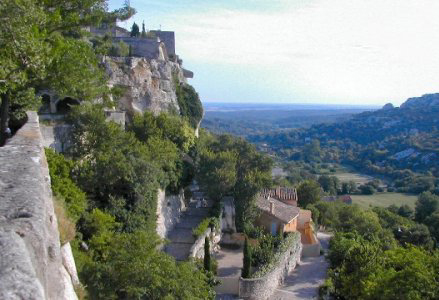
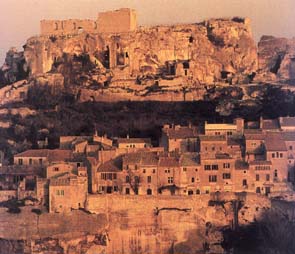
|
|
Price :$49
|
|
Day :
Wednesday
From 02:30 PM to 07:00
PM
|
|
LE PONT DU
GARD
|
|
Book |
|
TOUR WITHOUT GUIDE
The Pont
du Gard dates from the first century. At this time, the growing
population of the Roman town of Nîmes meant that it needed more
water. Springs rose 20 kilometres from Nîmes (to the east of the
town of Uzès) and so that was where the water was sourced. It then
had to be conveyed to Nîmes, hence the construction of the aquaduct.
The aqueduct has remained practically intact for nearly 2,000 years,
and is an exceptional piece of architecture, both technically and
aesthetically.
The delicate colour of the stone, and the elegance and originality
of the construction, have provided true inspiration for numerous
artists. In 1914 it became a listed monument, and in 1986, Unesco
added it to the World Heritage list. |
|
Comfort :Coach |
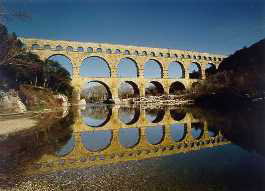 |
|
Price :$50 |
|
Day :
Tuesday, Thursday & Saturday
From 09:30AM to 12:30PM
|
|
FONTAINE DE
VAUCLUSE |
|
Book |
|
TOUR WITHOUT GUIDE
The
Fontaine de Vaucluse takes its name from its natural curiosity the "Vallis
Clausa", or the closed valley. This astonishing site is located in a
deep valley that features many caves and mini-valleys.
At the bottom of a rocky cirque with stunning rock walls, behind a
talus of stones, the spring suddenly appears: a peaceful emerald
green pool, conducive to daydreams. It has an aura of mystery and
ancient legends which leave the mind dizzy, as is often the case
when a chasm beckons. This enigmatic "clear fountain" is fascinating
and beguiling. In the high parts of the village, running along the
River Sorgue, one can make out the ruins of a 14th-century château
where Petrarch, the Italian poet and humanist, once resided. |
|
Comfort :Coach |
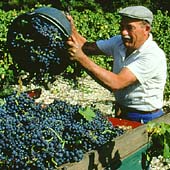
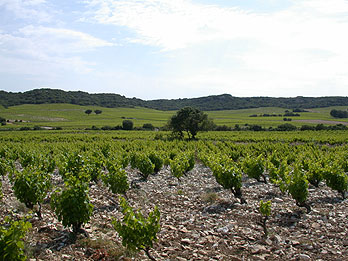 |
|
Price :$50 |
|
Day :Wednesday
From 09:30 AM to 12:30
PM
|
|
LAVENDER IN LUBERON |
|
Book |
TOUR WITHOUT GUIDE
Who doesn't know
the highly distinctive Provencal fragrance of lavender?
Beauty spots full of charm such as the Plateau des Claparèdes and
the Abbaye de Sénanque turn a gorgeous, inimitable blue when their
lavender fields flower.
In the village of Coustellet, the Lavender Museum features a host of
magnificent alembic stills dating from the 16th century to the
present day. Find out about the methods of distillation, the tools
and the traditional costumes once used for harvesting. But the
Luberon area is also home to marvellous little villages that carry
the "Plus Beaux Villages de France" label, dotted around a landscape
where Provencal traditions are respectfully sustained. Narrow paved
streets, medieval edifices, spectacular panoramas over the hills,
and vast stretches of vines make Gordes an essential destination.
During the lavender flowering season (June-July; dates to be
confirmed), the visit to the Lavender Museum will be replaced by an
excursion to the Plateau des Claparèdes (and its magnificent
lavender fields). The unaccompanied visit of Gordes and the photo
stop at Sénanque will still go ahead. |
|
Comfort : Coach |
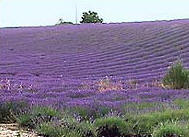
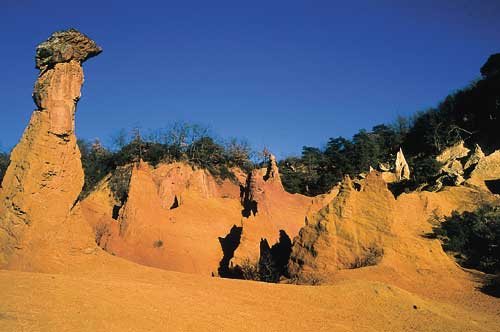 |
|
Price : $59 |
|
Day : Tuesday,
Thursday & Saturday
From 02:30PM to
07:00PM
|
|
CAMARGUE |
|
Book |
|
FULL DAY TOUR WITHOUT GUIDE
Aigues-Mortes owes its name to the far-distant times when the salt
marshes and swamps – the Eaux Mortes – were the landscape's only
features. In 1240, Saint Louis chose this monastic village as the
point of departure for his eight crusades. He built a road to
traverse the expanses of water, a big tower to house his defensive
garrisons, and, lastly, ramparts in honey-coloured stone.
We continue this pilgrimage to Saintes-Maries de la Mer, where wild
bulls, pink flamingos and horses have become the symbol of the
Camargue.
Located in the heart of the Camargue Regional Nature Park, the
mythical swamp of Vaccarès is a fascinating yet fragile place. It
hosts an exceptionally diverse range of flora and fauna, and the
park's mission is to protect the environment, safeguard its
traditional activities and ensure harmonious urban development. |
|
Comfort : Coach |
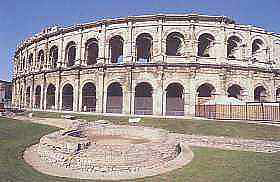 |
|
Price : $85 |
|
Day : Friday
From 09:30 AM to 07:00
PM
|
|